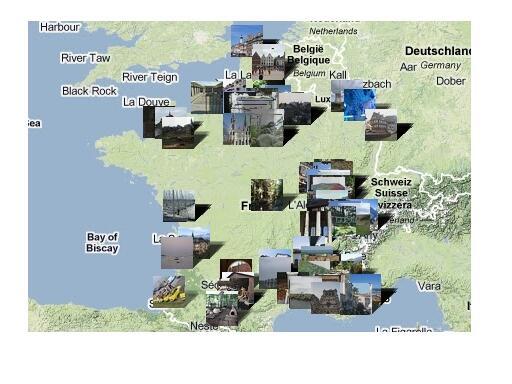Families of Mont Blanc victims arrive in Chamonix
The families of the nine people killed in an avalanche near Mont Blanc were expected in the French Alpine town of Chamonix, where the bodies are being held in the local hospital. UK Foreign Secretary William Hague said he was “very saddened” by the deaths of British mountain guide Roger Payne and two other Britons on Thursday.
Issued on: Modified:

In one of the deadliest mountain climbing accidents ever, the nine died when a sheet of snow and ice fell from an altitude of 4,000 metres swept them away. Security officials say they committed no technical errors.
Twelve climbers were injured, 11 of them are in hospital in nearby Sallanches and one, who is in the most serious state, in Sion in Switzerland.

Apart from the three Britons, the dead climbers were two Spaniards, three Germans and Swiss citizen.
A service at the church in Chamonix is to be held on Saturday.
Payne’s family arrived in the town on Thursday night.
He had been a guide for 29 years and was a former general secretary of the British Mountaineering Council and the organisation paid tribute to him after hearing the news.
"Roger was one of the UK's most enthusiastic and respected climbers with a track record of Alpine and Himalayan mountaineering stretching back to the 1980s," its chief executive Dave Turnbull said.
Originally police thought that four more climbers were missing after the disaster. But two Britons were found to have taken a different and two Spaniards had sold their spots in a mountain refuge to two of the climbers who were killed.
A chapel for families and friends to view the bodies is to be set up in the hospital and local officials are providing support.
Britain’s ambassador to France, Peter Ricketts, also arrived in Chamonix on Thursday evening and on Friday paid tribute to Payne and promised to help the families.

Mont Blanc is one of the world’s deadliest climbs with a record of fatalities that includes eight climbers killed in August 2008.
About 20,000 people try to reach the summit every summer, 500 a day during peak times.
The first climb to reach the summit was in 1786.
Guides have had an organisation, the Compagnie des guides, since three of their number died in 1820 because their clients, an English colonel and a Russian meteorologist, insisted on making the climb in very difficult weather.
Daily newsletterReceive essential international news every morning
Subscribe